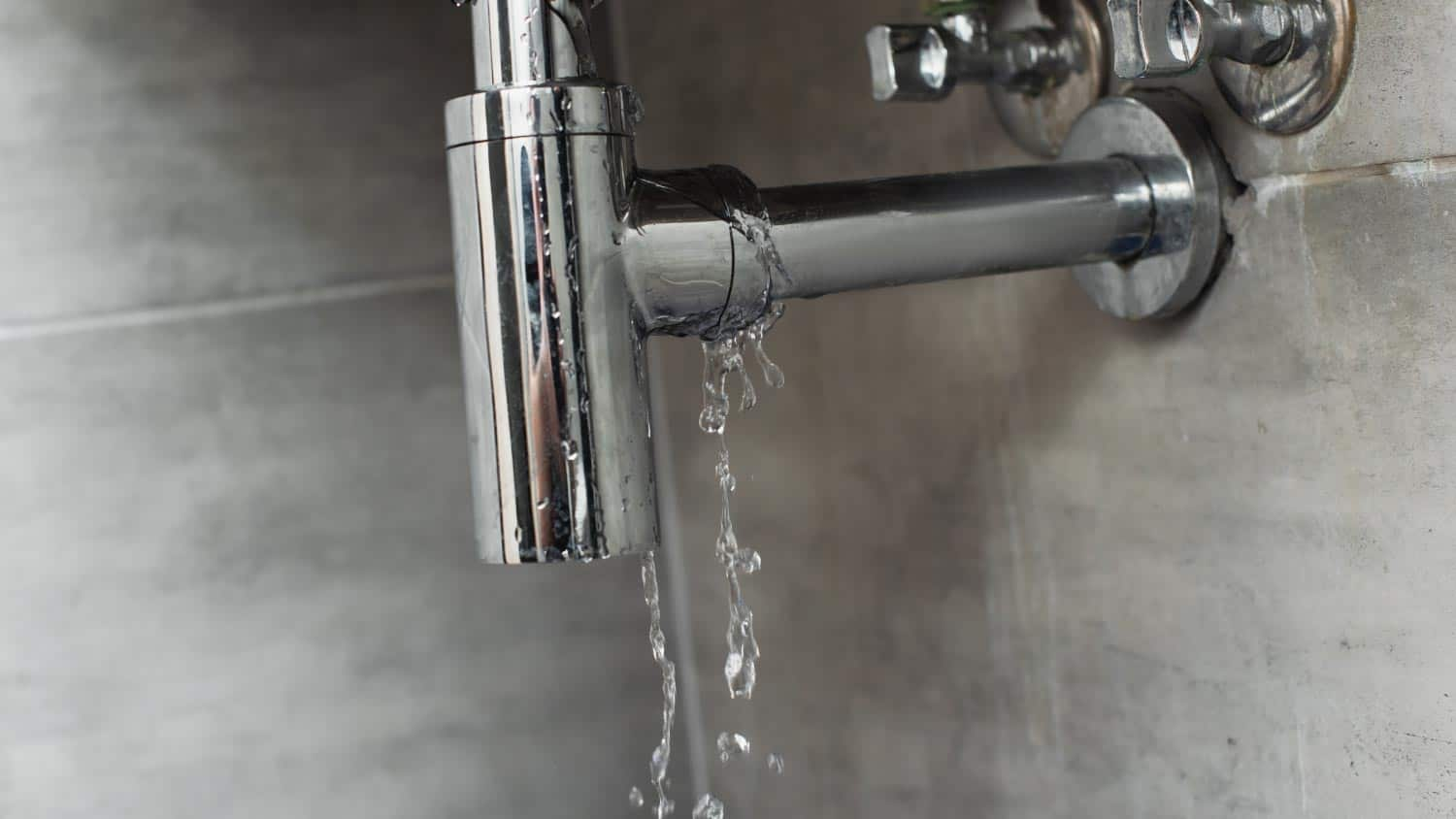Guide To Water Leak Discovery At Home
Guide To Water Leak Discovery At Home
Blog Article
On this page in the next paragraph you might get some wonderful content around Hacks to detect leaks.

Early detection of dripping water lines can mitigate a prospective disaster. Some tiny water leaks may not be noticeable.
1. Check Out the Water Meter
Every home has a water meter. Examining it is a surefire way that helps you discover leaks. For beginners, turn off all the water resources. Ensure no person will certainly flush, utilize the tap, shower, run the washing equipment or dishwasher. From there, most likely to the meter and watch if it will certainly alter. Because no person is using it, there should be no movements. If it relocates, that indicates a fast-moving leak. Also, if you detect no changes, wait an hour or two and inspect back once again. This indicates you may have a sluggish leak that could even be underground.
2. Inspect Water Usage
If you detect abrupt adjustments, in spite of your intake being the same, it implies that you have leaks in your plumbing system. An unexpected spike in your expense indicates a fast-moving leak.
Meanwhile, a consistent boost each month, despite having the exact same routines, reveals you have a slow leakage that's also gradually rising. Call a plumber to completely examine your residential or commercial property, especially if you feel a cozy area on your flooring with piping underneath.
3. Do a Food Coloring Examination
When it concerns water intake, 30% originates from commodes. Test to see if they are running properly. Decline flecks of food color in the tank and wait 10 minutes. If the shade somehow infiltrates your dish throughout that time without flushing, there's a leak between the storage tank as well as dish.
4. Asses Outside Lines
Don't neglect to examine your exterior water lines too. Test faucets by affixing a garden hose pipe. Needs to water leak out of the link, you have a loosened rubber gasket. Replace this and make sure all links are limited. It will certainly help get it properly took a look at and maintained annually if you have actually got a sprinkler system. One small leak can squander tons of water and spike your water costs.
5. Evaluate the situation as well as inspect
Property owners need to make it a practice to inspect under the sink counters as well as even inside closets for any kind of bad odor or mold and mildew development. These 2 red flags indicate a leak so prompt focus is needed. Doing routine assessments, even bi-annually, can conserve you from a significant trouble.
Check for stainings as well as weakening as many pipes as well as home appliances have a life expectations. If you presume dripping water lines in your plumbing system, don't wait for it to intensify.
Early detection of dripping water lines can mitigate a potential catastrophe. Some small water leaks might not be noticeable. Checking it is a surefire means that aids you find leakages. One tiny leakage can lose bunches of water and surge your water bill.
If you think leaking water lines in your plumbing system, do not wait for it to intensify.
WARNING SIGNS OF WATER LEAKAGE BEHIND THE WALL
PERSISTENT MUSTY ODORS
As water slowly drips from a leaky pipe inside the wall, flooring and sheetrock stay damp and develop an odor similar to wet cardboard. It generates a musty smell that can help you find hidden leaks.
MOLD IN UNUSUAL AREAS
Mold usually grows in wet areas like kitchens, baths and laundry rooms. If you spot the stuff on walls or baseboards in other rooms of the house, it’s a good indicator of undetected water leaks.
STAINS THAT GROW
When mold thrives around a leaky pipe, it sometimes takes hold on the inside surface of the affected wall. A growing stain on otherwise clean sheetrock is often your sign of a hidden plumbing problem.
PEELING OR BUBBLING WALLPAPER / PAINT
This clue is easy to miss in rooms that don’t get much use. When you see wallpaper separating along seams or paint bubbling or flaking off the wall, blame sheetrock that stays wet because of an undetected leak.
BUCKLED CEILINGS AND STAINED FLOORS
If ceilings or floors in bathrooms, kitchens or laundry areas develop structural problems, don’t rule out constant damp inside the walls. Wet sheetrock can affect adjacent framing, flooring and ceilings.
https://www.servicemasterbyzaba.com/blog/how-to-detect-water-leakage-in-walls/

As a devoted person who reads on Detecting hidden plumbing leaks, I think sharing that excerpt was essential. Loved our entry? Please share it. Let others find it. I cherish reading our article about Detecting hidden plumbing leaks.
Report this page